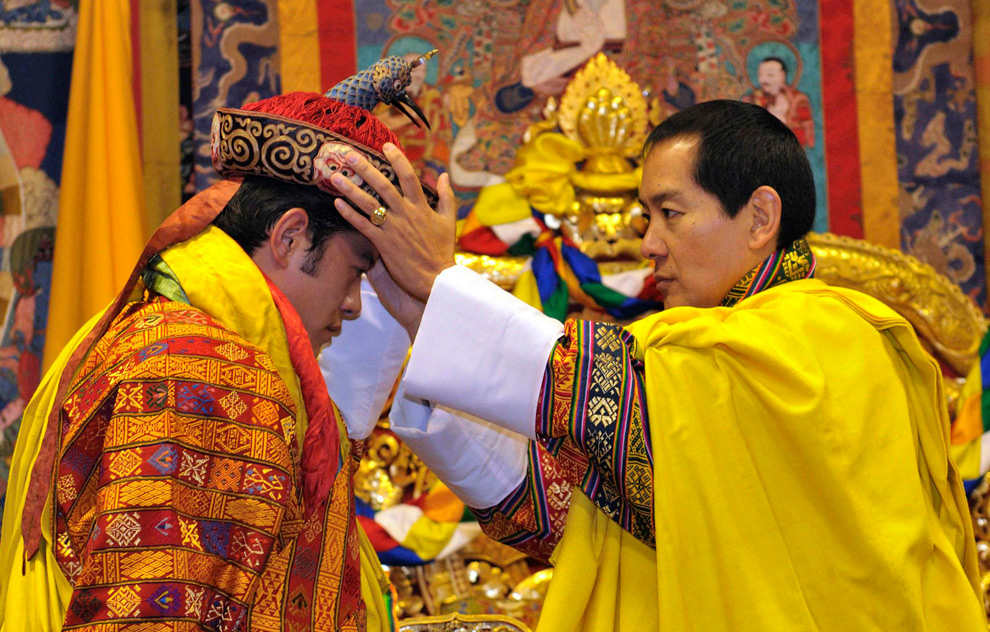Costa Rica is consulting with Bhutan for how to remain among the happiest places on earth.
A small country of 680,000 inhabitants, the Kingdom of Bhutan is located in the Himalaya mountains on the eastern border of India, and is the only country in the world to measure the happiness of their country like most countries measure their gross domestic product.
Costa Rica, which topped a list drawn up by the United Kingdom’s New Economics Foundation for being the country with the highest life satisfaction, is looking to Bhutan for tips on how to remain in first place.
Bhutan began measuring the happiness of its people in 2008. On a census distributed nationwide, the last question on the form was, “Are you happy?” a question which 97 percent answered affirmatively. Continue reading Costa Rica looks to Bhutan for happiness

 Should there be alternative to the GDP?
Should there be alternative to the GDP?



